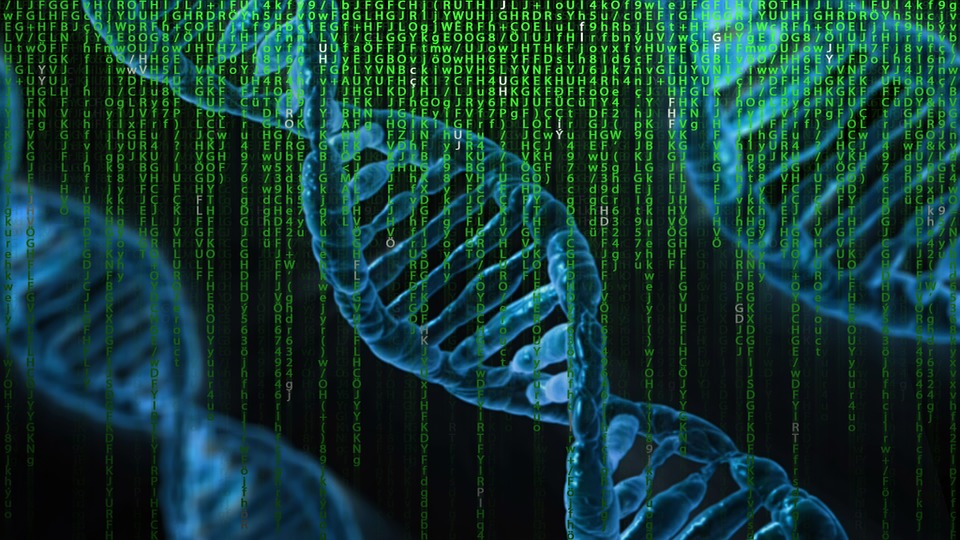Aggregated News

Around lunchtime on a warm March day in 1999, Kathleen Folbigg went to check on her sleeping 18-month-old daughter and found her pale and unresponsive. Folbigg, alone in her house in Singleton, Australia, called an ambulance while she tried her best to resuscitate the child. “My baby’s not breathing,” she said, pleading for them to hurry.
“I’ve had three SIDS deaths already,” she explained, referring to sudden infant death syndrome — a largely unexplained phenomenon that typically affects infants in their first year, as they sleep.
Around 9 p.m. that night, pathologist Allan Cala conducted an autopsy on the baby, named Laura, at the New South Wales Institute of Forensic Medicine in Glebe, a suburb of Sydney. In his report, he noted no evidence of injury and no medications, drugs or alcohol in her system. He mentioned some inflammation of the heart, possibly caused by a virus, but surmised that it could be incidental. Instead, Cala opined on the improbability of four children in the same family dying from SIDS. “The possibility of multiple homicides in this family has not...



